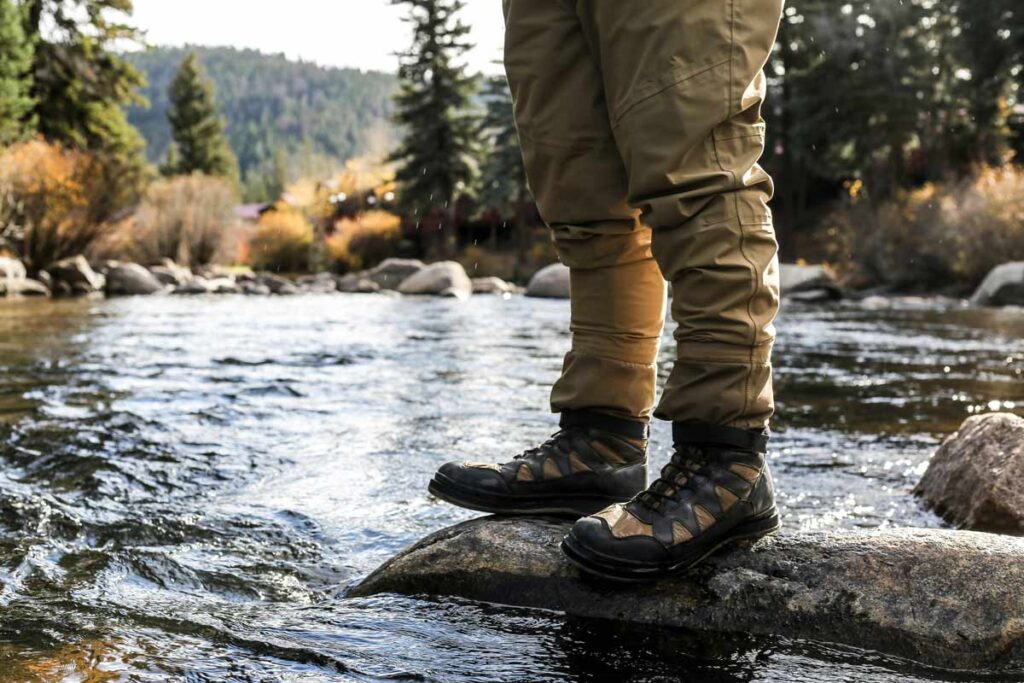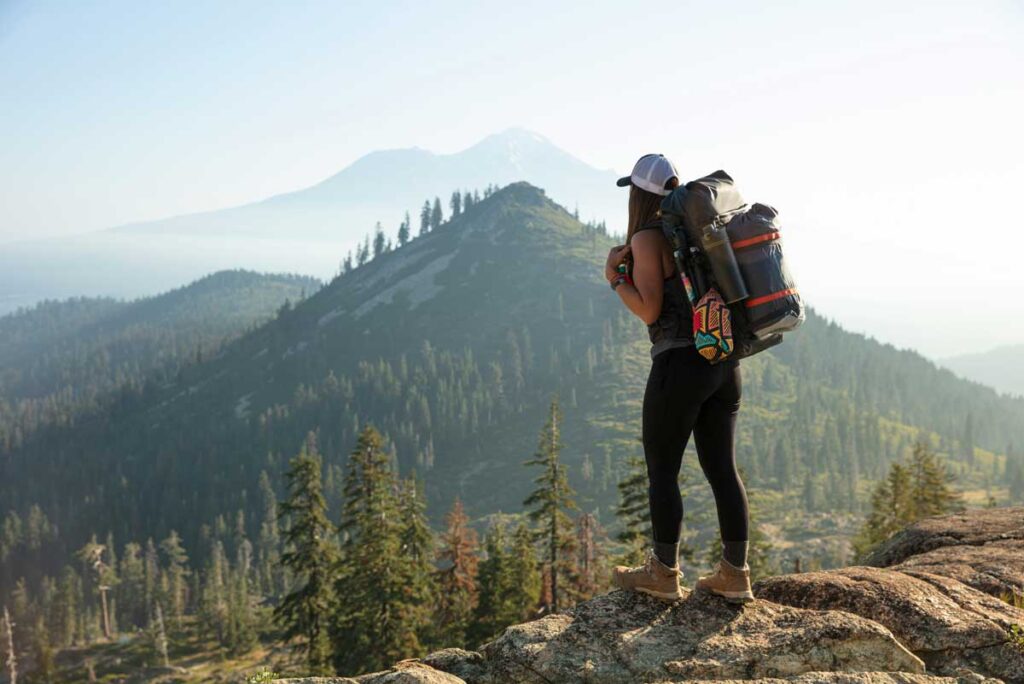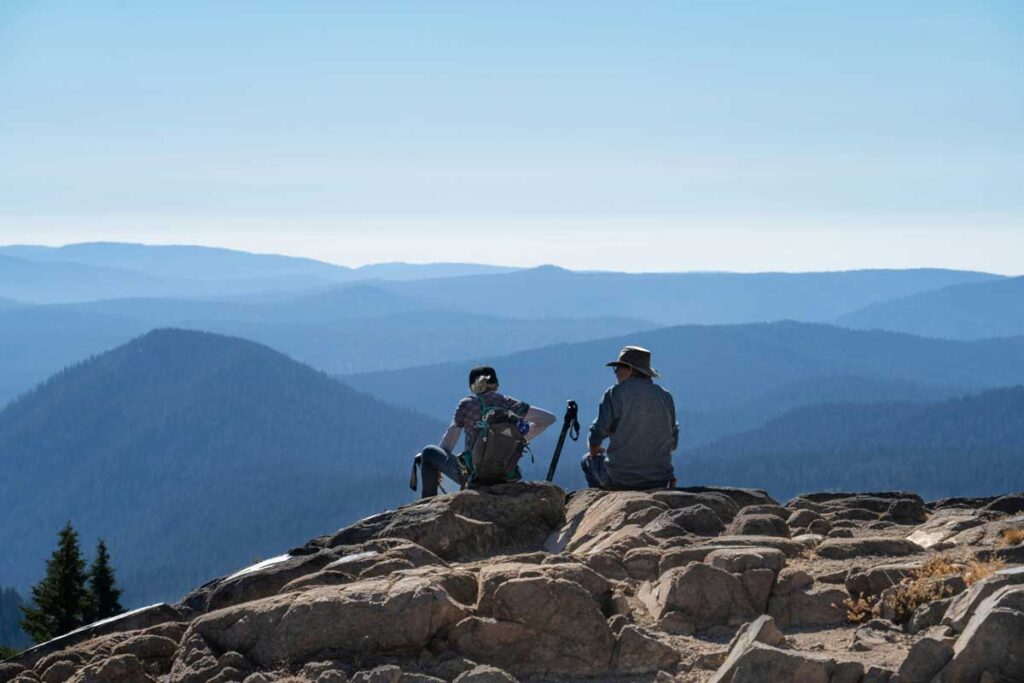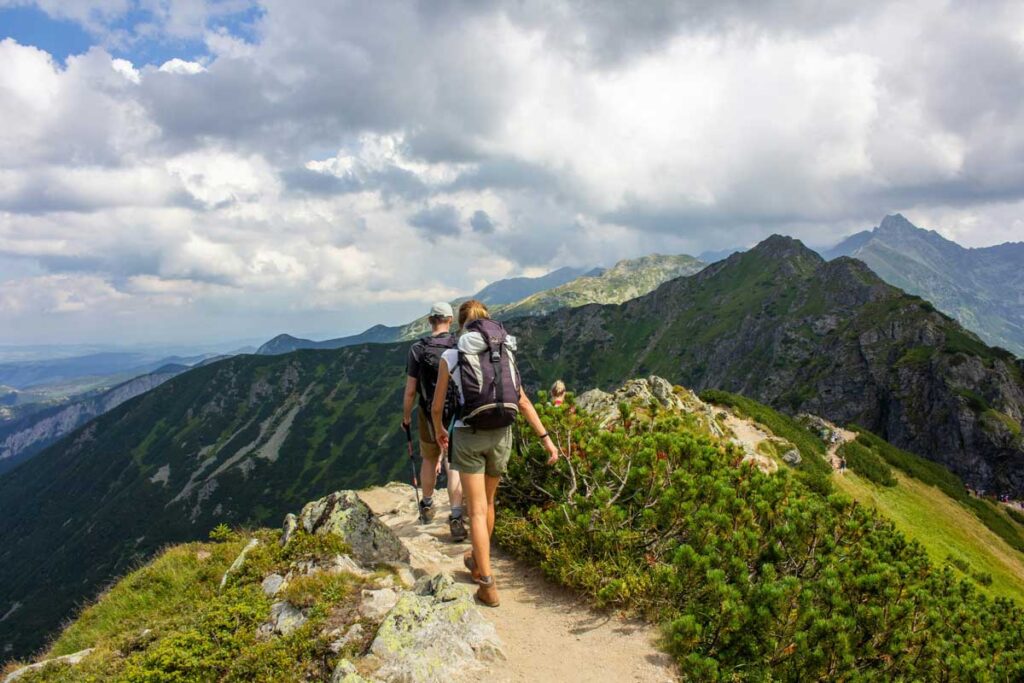Spring, summer, and autumn are all fantastic seasons for hiking. The temperatures can be pleasantly warm, and there’s usually no shortage of sunshine. However, a challenging hike requires appropriate preparation, starting with your gear and planning your route. That’s why we want to share these practical hiking tips with you.
With this guide, you can make all necessary purchases early and find a hiking trail that suits you. Whether in the UK or elsewhere – hiking is a wonderful activity everywhere.
Key preparation questions at a glance
First, we want to give you a practical overview before delving into each point in more detail. Experts will likely already be familiar with most topics, but for beginners, these may still be new.
Important questions include:
- What equipment do you need for hiking?
- What should you definitely carry in your backpack?
- How do you find a suitable hiking route?
- What else should you be mindful of?
As a general rule: the longer and more demanding the hike, the more thorough your planning should be. After all, you don’t want to run out of supplies halfway through. Good preparation is, as they say, half the battle.
Choose the right hiking clothing and gear

One of the most crucial tips for hiking is to start with the right clothing and equipment. While you could wear regular clothes, it’s not recommended for long and challenging trails. It’s much better if you follow these hiking tips:
- Clothing: Ideally, choose several thin layers made of breathable material. The outer jacket
should be waterproof and windproof to keep you warm and dry in windy and rainy conditions. - Footwear: Sturdy and durable footwear is essential for long hikes. Mid-height hiking shoes or
lightweight hiking boots are usually sufficient for beginners. - Socks: Regular socks can cause uncomfortable friction and lead to blisters. Special hiking
socks provide extra cushioning and reduce the risk of blisters. - Headwear: In colder seasons, keeping your ears warm is important. In sunny conditions,
headwear can protect your neck and scalp from sunburn. - Hiking poles: Especially on demanding trails, hiking poles can be helpful for navigating slippery
terrain or crossing streams. On simpler paths, you can do without them. - Backpack: For longer hikes, a well-packed backpack is essential. Just like airport luggage, the
same principle applies: low empty weight and high durability are a must.
Although this might involve higher initial costs for your first hike, professional equipment is worth it in the long run and can last significantly longer.
Pack your backpack with these tips

Aside from the right gear, you need to pack your backpack properly for longer hikes. Keep the weight as low as possible without sacrificing essential equipment.
Consider the following items when packing:
- Sufficient food and drinks
- First aid kit with extra plasters
- Tissues, pocket knife, and torch
- Hygiene items and sunscreen
- Power bank for charging your phone
- Spare clothing for longer hikes
A crucial tip for hiking: bring enough provisions. Many people underestimate the increased calorie needs during hours or days of hiking. So, it’s better to pack a bit more.
This is especially true for water or other beverages. You lose a lot of fluids while hiking, especially on warm summer days. Two to three litres per person should be the minimum, and also look for possible water sources along the route.
Find a challenging route for your level

There are numerous tips for finding the right hiking route for you. On one hand, you can read exciting
articles about the best hiking trails on sites like the ADAC. On the other hand, there are providers who
collect and offer thousands of routes from enthusiastic hikers.
Key factors that can help you decide include your personal experience level, how much time you have, and how much you want to challenge yourself. On some hiking portals, you can filter by region, difficulty level, route length, and duration to quickly find suitable routes.
Beginners should pay particular attention to the elevation gain, which significantly affects the difficulty level. As your experience increases, you can choose more challenging trails later. It’s better to start slowly than to overwhelm yourself.
Additional tips for long-distance hiking

Finally, we want to give you some more tips in our hiking guide that are especially important for long-
distance hikes. This is particularly relevant if you’re hiking alone or with your dog.
Don’t forget to consider the following aspects:
- Weather forecast: Check the weather forecast for the period and any potential warnings or trail
closures. Sometimes it’s better to postpone the adventure by a few days. - Overnight stays: Plan and book your overnight stays in advance for multi-day hikes. Wild
camping is often prohibited in many forests, nature reserves, and national parks. - Hiking alone: Take extra safety precautions in case of emergencies. An app for location sharing
is a good start, but specialised emergency GPS devices with SOS tracking are even better! - Hiking with a dog: Many hiking trails welcome dogs. However, check local regulations in
advance and make sure your dog can handle the trail. - Taking breaks: You’ll often cover long stretches that really challenge your circulation. Regular
breaks are essential to recharge.
Hiking is a relaxing activity for most people, meant to offset the stress of daily life. Take your time, enjoy the views, take breaks, and snap great photos. The fact that you’re also doing something for your fitness is an added bonus.
Conclusion: with the right tips, hiking becomes an exciting adventure
With our guide and the right hiking tips, you can make many preparations and find a suitable trail for
yourself. Remember to get the appropriate gear in advance and pack everything important in your
backpack. Then you can be sure your first hike will be a great success!


Comments are closed.